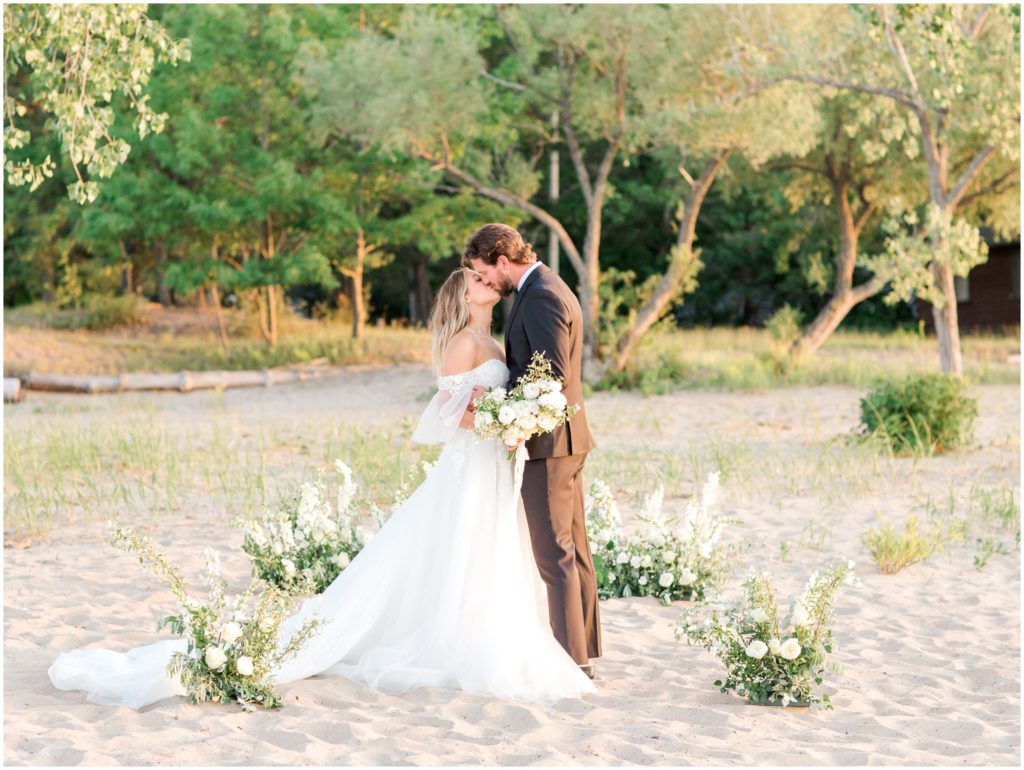
I always find it very flattering when other creatives in the industry approach us with collaboration proposals! Sometimes, it’s a great fit and our visions align perfectly and other times they do not align properly based on the style and vision of the shoot. Editorial shoots are more work than you would imagine. With editorials becoming more and more prevalent in our industry, it’s important to consider the following:
1. Perspective
Before contacting potential vendors, ask yourself, “What can I offer that will enhance their brand?” I find a lot of the time vendors reaching out are in the mentality of receiving. Newer photographers want content to share with their prospective couples or a planner is looking to break into an exclusive venue. While we all certainly start somewhere, it’s important to note what you are able to offer to the creative team. When you shift your mentality to a perspective of serving, you will more likely create stronger networks and a better overall final product.
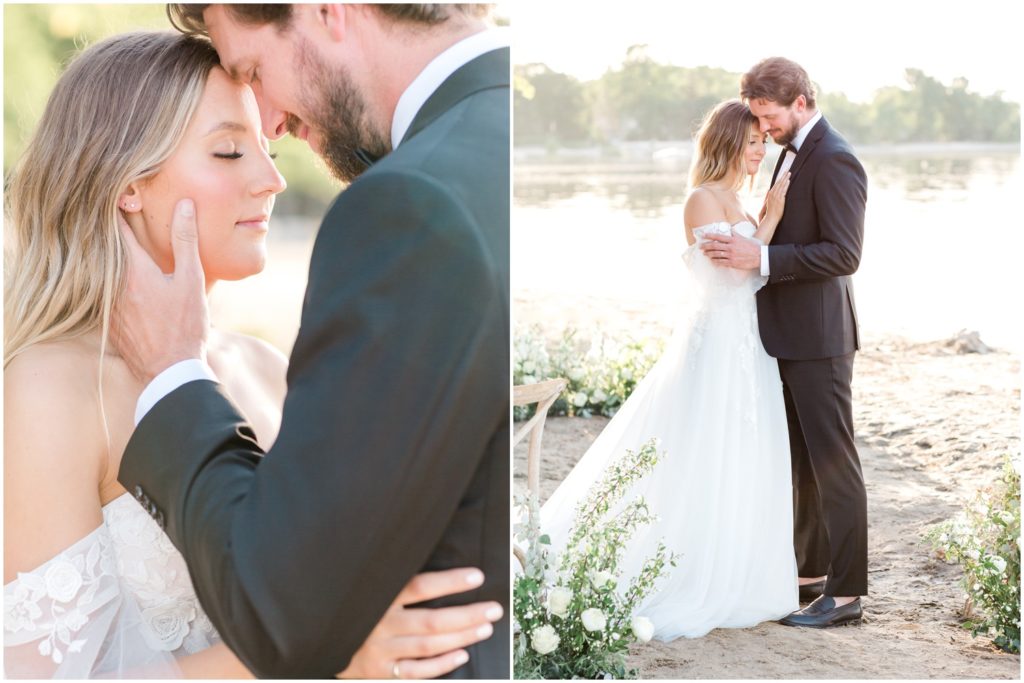
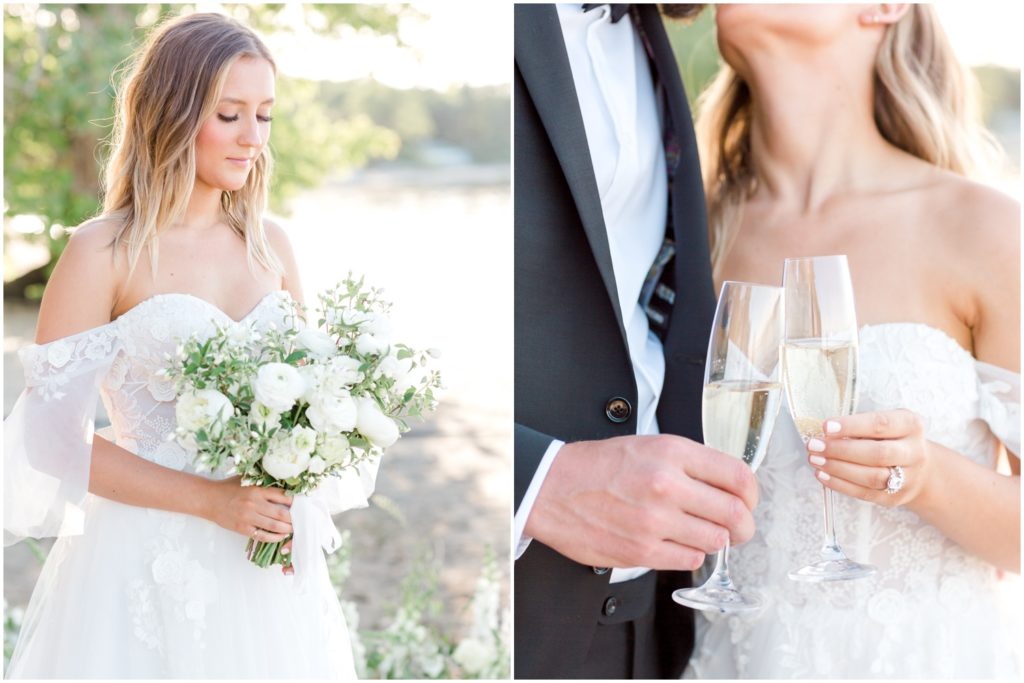
2. Brand Alignment
This is a big one! When you are scrolling through potential vendors websites and social media platforms, you should be able to clearly define their aesthetic and their ideal target audience. As a light and airy photographer that prides myself on attention to detail and polished images, I would likely decline collaborating with a planner that aims for a moodier photojournalistic approach. The purpose of some editorial shoots is for all of the creatives on the team to benefit from the work put into the project. You need to ask yourself, “Does my brand align and compliment with theirs?” and “Will everyone benefit from the work the team creates?”
Creating a mood board for all creative participants prior to them committing to the project is essential. The team needs to understand where you want this project to go. The more informed the team is, the better the final result.
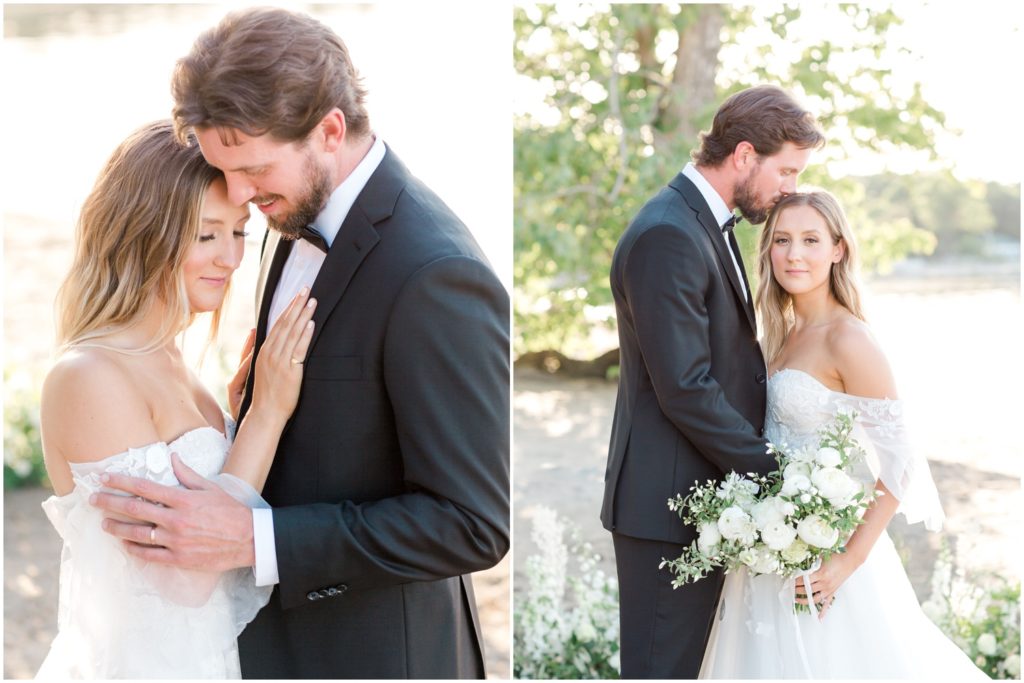

3. Business Seasons
Everyone starts somewhere. The smallest of companies that are now incredibly successful have roots established in garage offices or side hustles. Before reaching out to potential vendors, do some research to find out which season their business is in. Are they a brand new company or is it clearly established?
If you are brand new to your industry, reaching out to a very established business might not be the best fit. Businesses can take years to establish credibility, their brand and voice. If you are brand new to your industry, this may come across as an unnecessary risk to the well established business.
Try finding other creatives within the same season as you (or even slightly more advanced) so that you can all grow and benefit from each others hard work and effort.
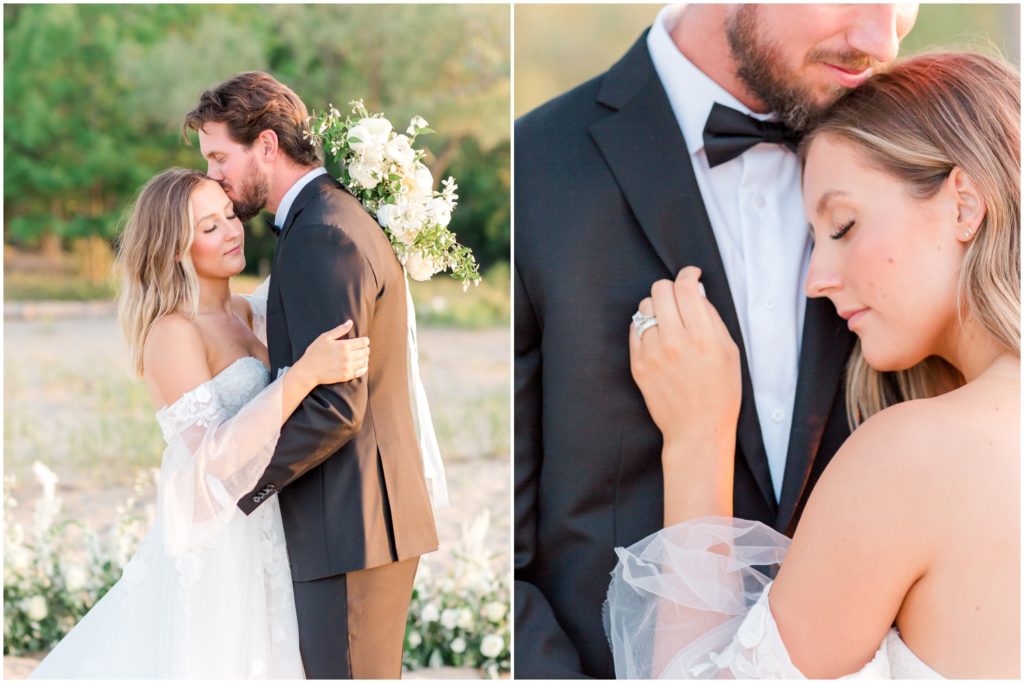
4. Financial Considerations
Every business needs to consider the return on their investment. Some wedding professionals have higher operating costs due to the nature of their work. For example, a florist spends significantly more per project than a makeup artist would. The florist needs to consider the fact their work is perishable and meant for a single use while the makeup artist is able to disinfect their tools for future use on clients. The florist is more likely to carefully consider the collaboration projects asked of them for this very reason.
Expect to pay for the look you want. Sometimes collaborations are a trade of services type agreement. However if the company that you are reaching out to doesn’t align with your brand or in a more advanced season than you are, you will likely need to pay for their expertise. This tip doesn’t just apply to florists but to planners, wedding venues, photographers etc. If you are wanting to learn from them and gain access into their network, expect to pay their fee.
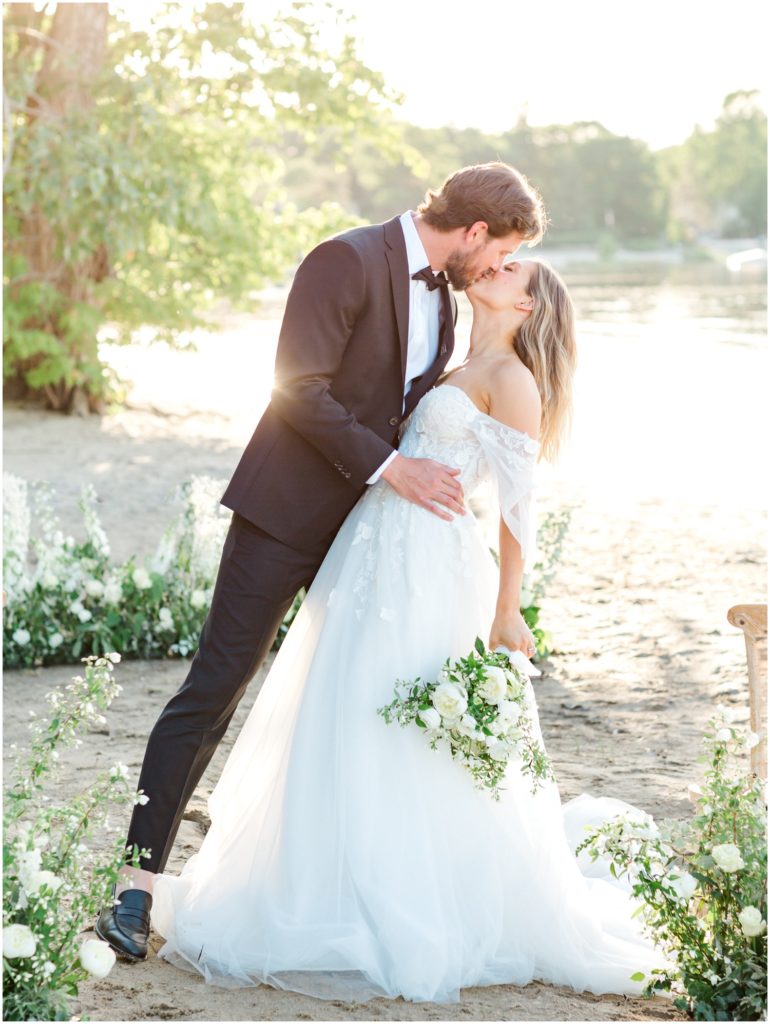
5. Setting Expectations
After the mood board is created and you have your list of ideal creatives, you then need to clearly outline the expectations of the project. What is the purpose of creating a collaboration? What are the vendors allowed to do with the images once the shoot is complete? Establishing a clear set of expectations prior to the work beginning will keep the working relationships strong and open to future collaboration opportunities. It is essential for everyone included in the creative project to be recognized for their talent, time and expertise in their assigned roles. It is crucial for everyone apart of that team to give credit, such as tagging each vendor on every social media platform post. Additionally, it is essential to credit the photographer on website usage and understanding the expectations and limits on which you are able to use the imagery from the project.
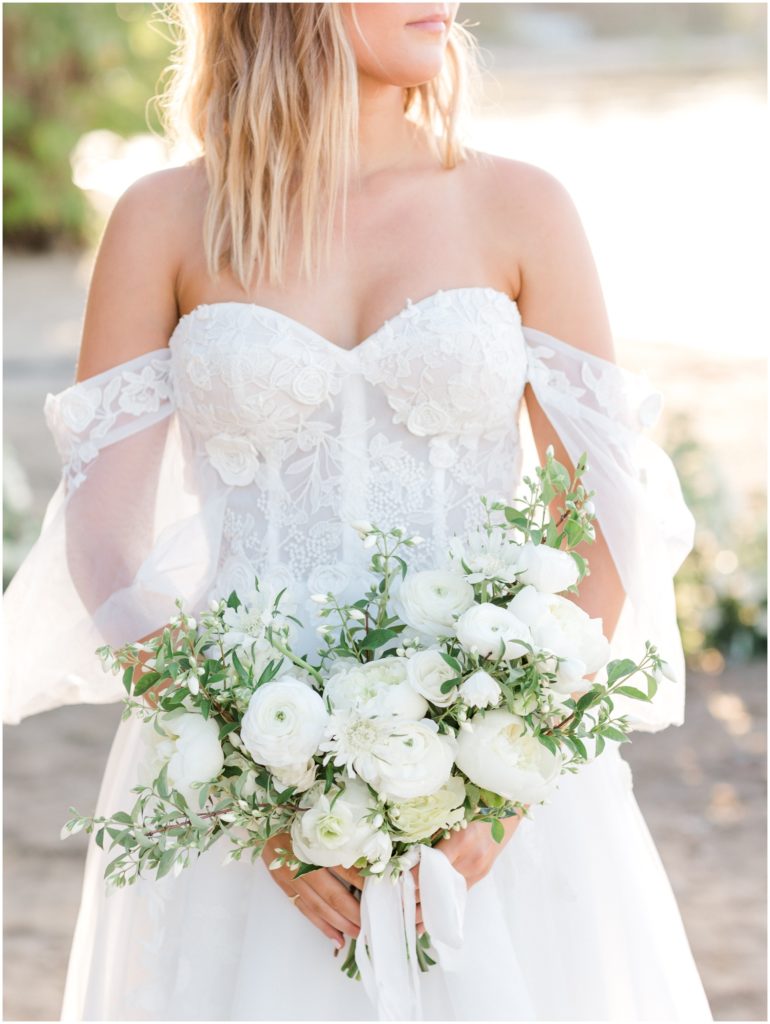
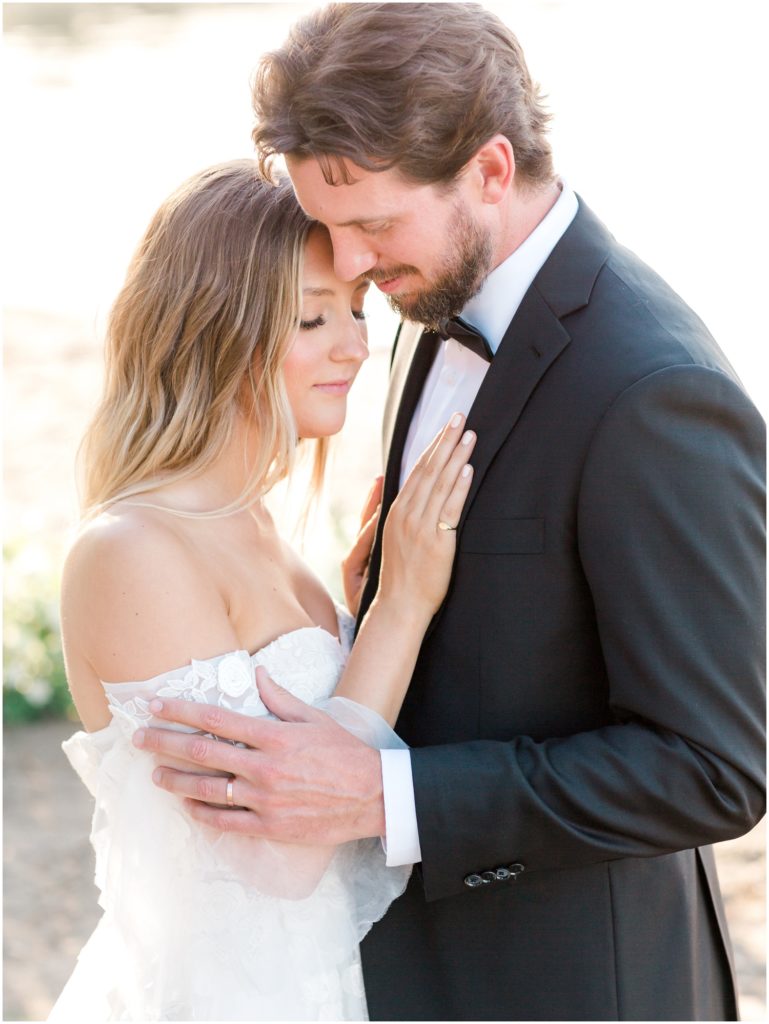
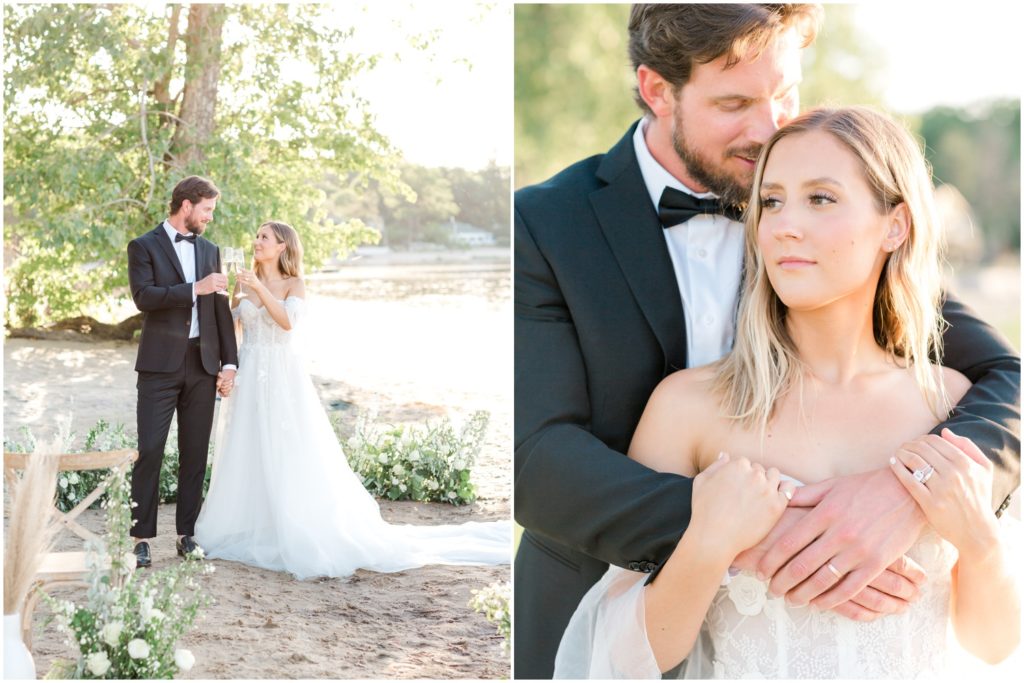
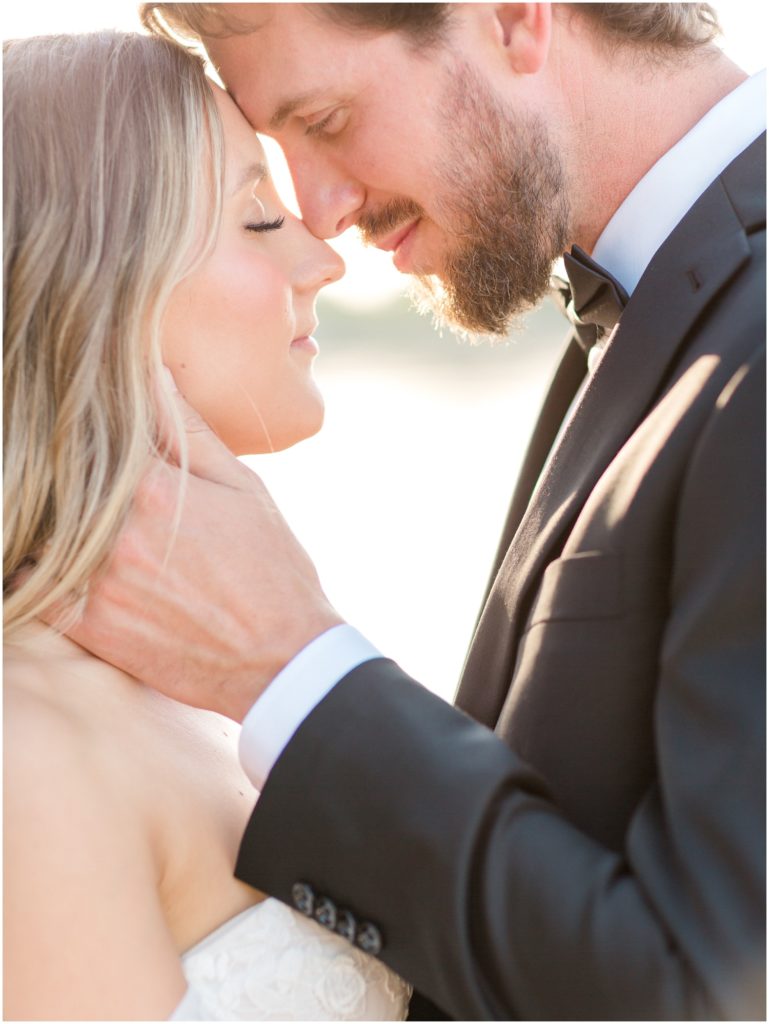
Creative Team
Planning & Florals: Sinclair & Co. Design
Wedding Gown: Sinder’s Bridal House
Engagement & Wedding Band: Stor By Margot
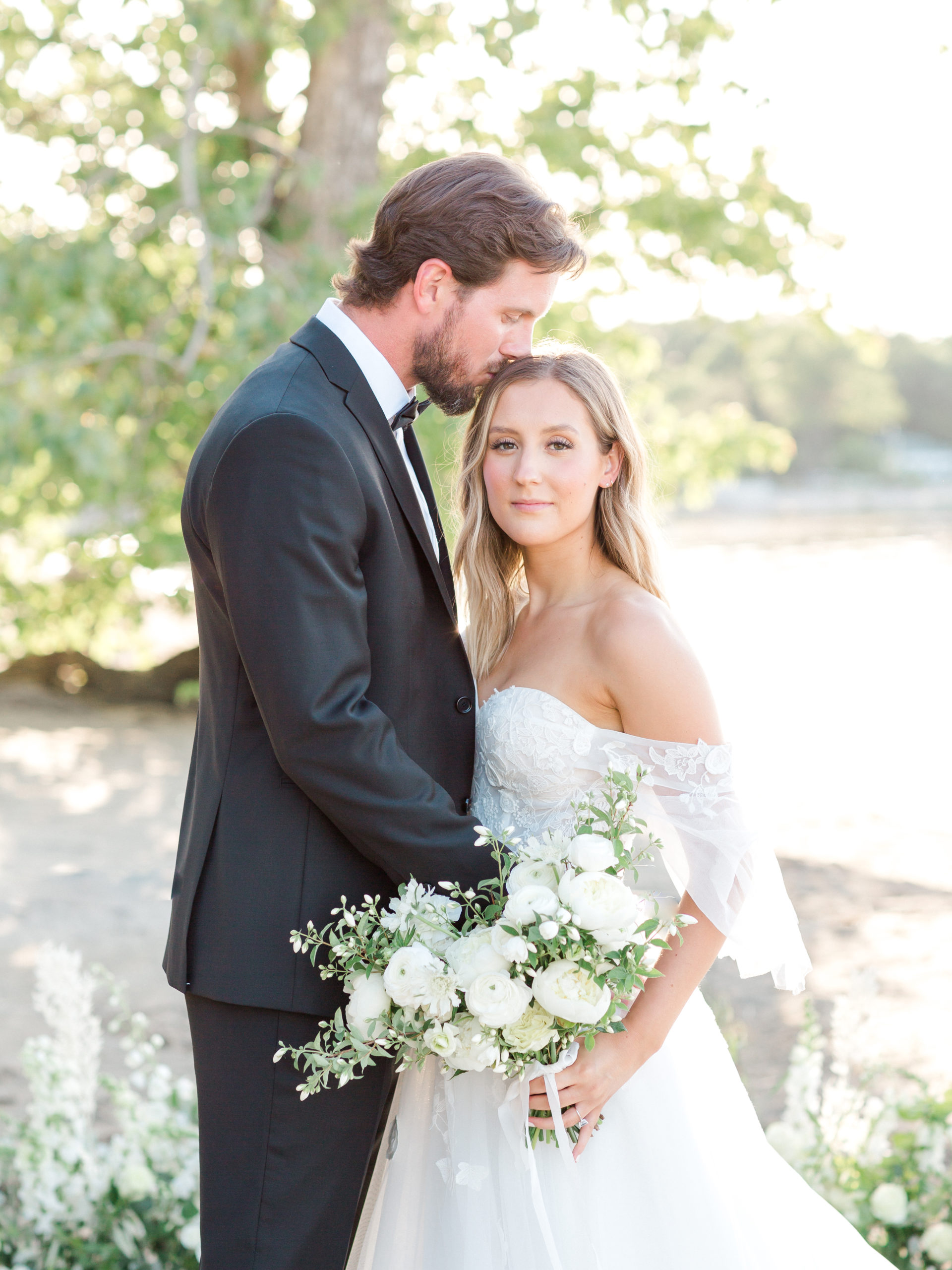
comments